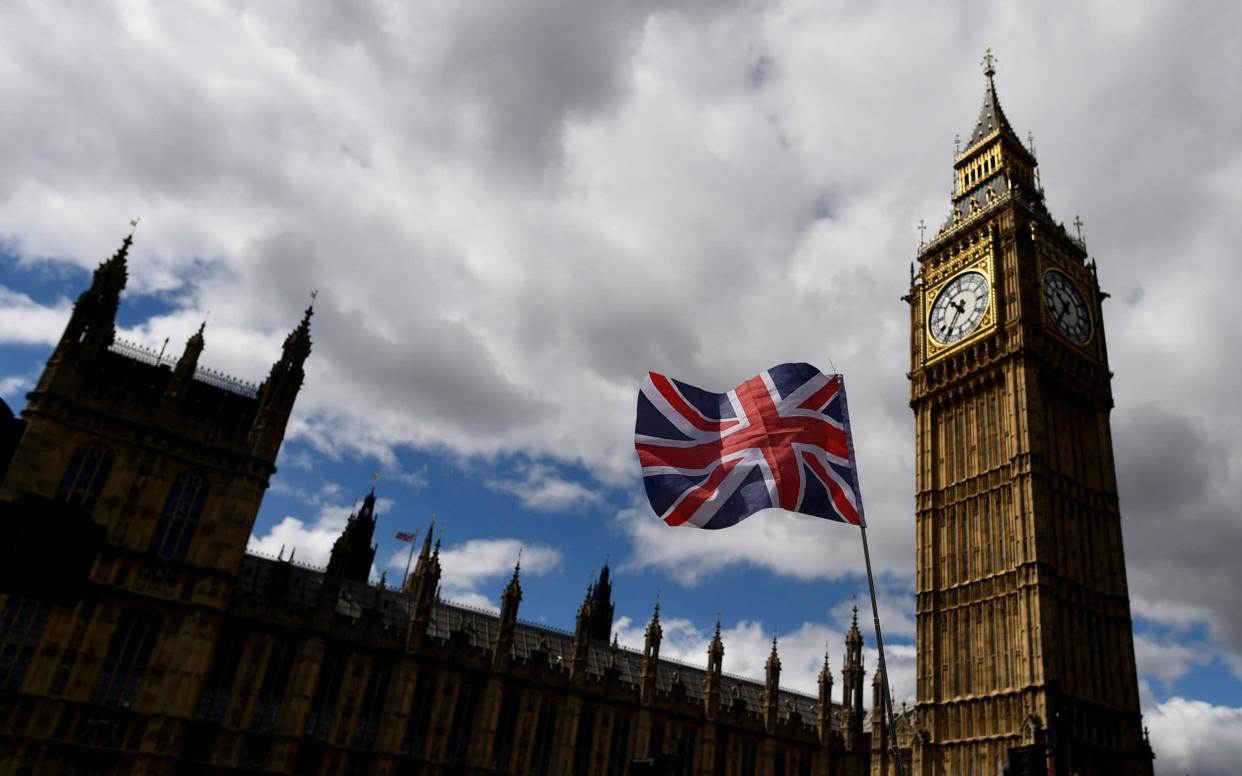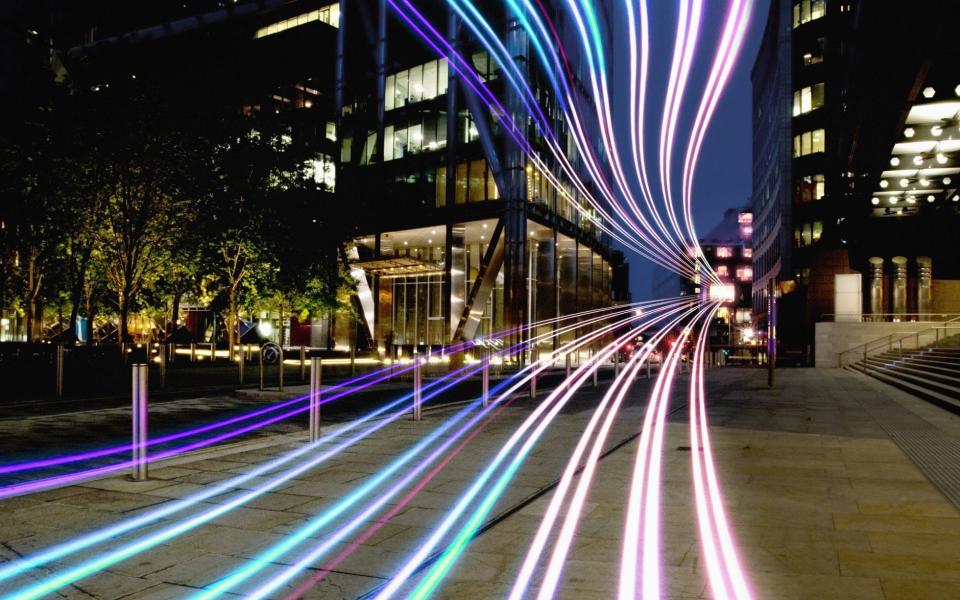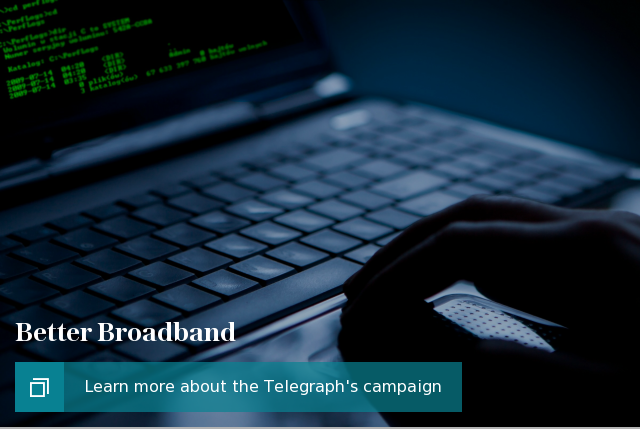Broadband speeds in central London worse than national average, Which? claims

Broadband users are suffering from slow internet speeds even in dense urban areas, new figures reveal.
The consumer group Which? found that the majority of people in several parts of inner-city London have slower broadband than the nationwide average.
In some areas, most people barely achieve speeds above the 10 megabits per second (Mbit/s) deemed the minimum acceptable standard by Ofcom.
Boroughs including Southwark, Westminster and Lambeth all had speeds significantly below the national average, and campaigners said the findings would increase pressure to boost speeds across the country.
The figures were taken from an average of speeds reported by internet users in each local authority, so they show the real service customers are dealing with and not necessarily the maximum available speeds.

The Department for Culture, Media and Sport said the figures did not reflect the speeds that households could achieve.
Which?’s data showed Southwark in south east London recording average speeds of 10.4 megabits and Westminster recorded 12.9, both well below the nationwide average of 17 megabits.
Ministers have prioritised rural broadband coverage in recent years, introducing a “universal service obligation” that will come into force in 2020 force internet providers to offer speeds of 10 megabits enough to download a film in just under 15 minutes.
Other cities such as Hull and Canterbury were well below the national average, and less than half the average in the fastest areas, such as Tamworth in the West Midlands and Adur on the south coast which had more than 30 megabits.
"Far too many households across the UK are suffering from slow broadband speeds, which can stop them being able to carry out essential daily tasks," Which?’s Alex Neill said.
She said the figures would “put pressure on the Government and providers to help everyone get a good broadband connection”.
The research also found that 11 local authorities across the UK have to deal with average speeds of less than 10 Mbit/s. The Orkney Islands, Shetland Islands and Highland recorded the country’s slowest speeds, but areas such as Rotherham in East Sussex and Ryedale in Yorkshire also have substandard connections.
The figures show that the majority of people in whole pockets of the country continue to suffer from substandard connections, rather than the problem being spread across individual hard-to-reach properties. In one in four tests across the country, internet users recorded speeds of under 6.3 megabits.
A spokesman for the DCMS said: "Superfast Broadband is now available to 93 per cent of the UK, and we are reaching thousands more homes and businesses every week.

"These figures don't show what broadband is available - they show many people haven't taken up speeds that are already available to them."
The Government has admitted that urban constituencies can be underserved by high-speed broadband.
State aid rules prevent public investment being channelled into areas where BT and others have announced network upgrades, and some inner city areas have few residential households due to the high number of businesses, making internet providers less concerned about providing residential access.
It can also be more difficult to install new equipment in busy towns and cities due to problems getting access to cabinets and the cost of the streetworks involved.
The Telegraph has campaigned for better internet access across the UK through its Better Broadband campaign.


